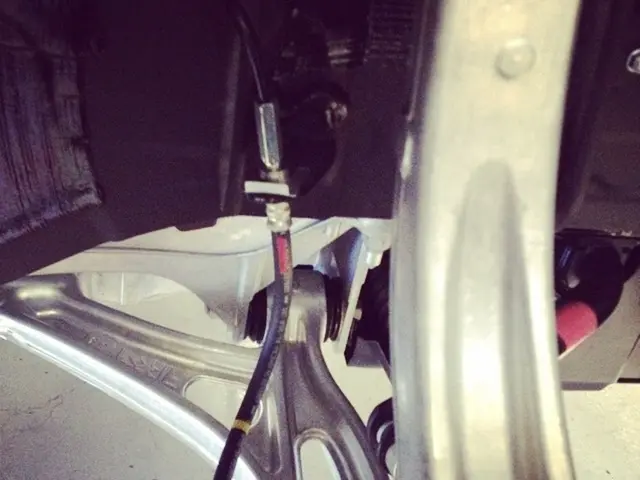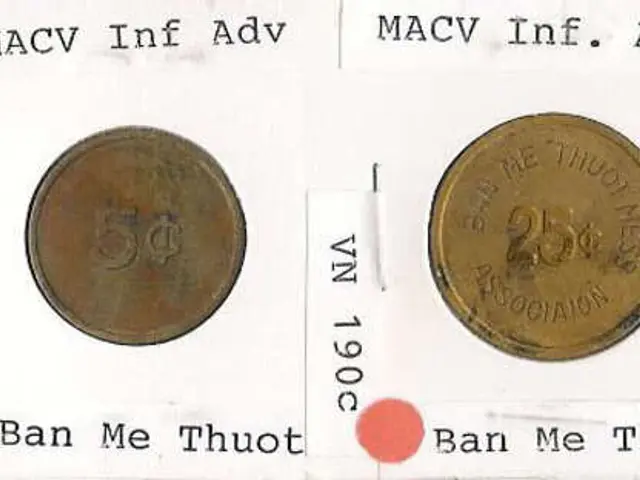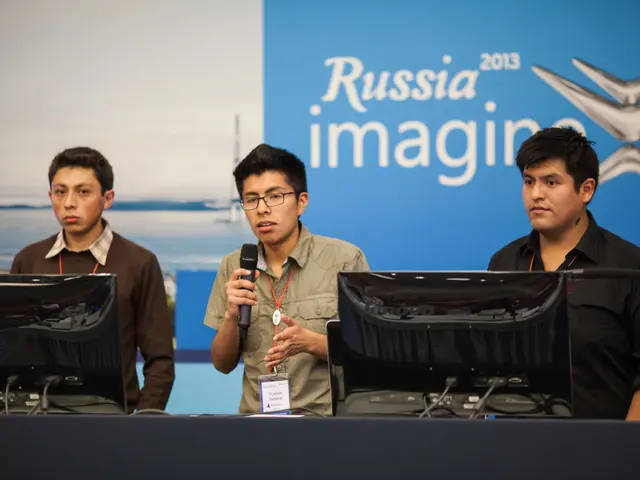Athlete Keita Sato expresses his ambition to further excel in sports, cultivate personal growth, and instigate societal change. [Sports Stories]
In the quiet town of Toyota City, a blue Prius is parked at the Toyota Motor Corp. headquarters every morning at 7:45. The driver is none other than Keita Sato, a 27-year-old Para athlete who works in Toyota's Production Control Division.
Keita Sato's day starts with a rigorous training program that includes an aerobic warm-up on bikes, mat stretches, abdominal-strengthening, high-level muscle training, and running practice. His goal is to run 100m in 10 seconds in the Tokyo 2020 Paralympic Games.
Sato's journey to becoming one of Japan's top Para athletes was not an easy one. He was inspired by Atsushi Yamamoto, the first Japanese Paralympic medalist with a prosthetic leg, and began wearing shorts and walking without shame. However, after being diagnosed with Ewing's Sarcoma, a type of bone and soft tissue cancer, in high school, Sato opted for amputation to continue playing sports with a prosthetic leg.
After his surgery, Sato found it difficult even to stand, let alone walk. He struggled to adjust to his prosthetic leg, and for a while, he hid it. But Sato's determination never wavered. He started Para athletics while undergoing rehabilitation and set a Japanese record for the individual 200m running event as a third-year high school student.
Sato's dedication to his sport is evident in his training regimen and his search for the perfect prosthetic leg. He prioritizes having no sense of discomfort when running above all else. Off the track, Sato spends most of his time without his prosthetic leg on, seeking relief from the sensation of pressure and burden.
Toyota, a Worldwide Partner for the International Olympic Committee and International Paralympic Committee since 2015, has been a strong supporter of Sato. Sato joined Toyota in 2017 and pays particular attention to the company's values of "challenge", "modesty and appreciation", and "genchi genbutsu".
Sato's hard work and dedication paid off at the 2016 Summer Paralympic Games in Rio de Janeiro, where he won a bronze medal and helped set a new record for Japan in the 4 x 100m relay. Sato's goal for the Tokyo 2020 Paralympic Games is to continue breaking records and inspiring others.
When Sato is not training or working, he enjoys reading at home, visiting an onsen, or giving lectures and interviews. His main dish preference is fish, and he prefers to break meals into several throughout the day.
Despite his success, Sato believes that Japanese society is not familiar with impairment and can react oversensitively. He is inspired by the principle abroad of no distinction toward impairment and a more inclusive society. Sato's story is a testament to the power of determination, resilience, and the pursuit of dreams, regardless of the obstacles that may come one's way.
![Athletic Pursuits and Social Transformation: The Ambitions of Keita Sato [Sports Features]](/en/content/images/size/w1280/format/webp/20250910132642_para-athlete-prosthetic-leg.jpeg)






